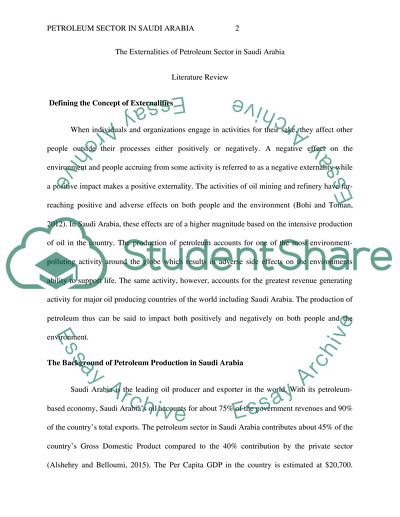Cite this document
(“The Externalities of Petroleum Sector in Saudi Arabia Term Paper”, n.d.)
Retrieved de https://studentshare.org/macro-microeconomics/1698021-the-externalities-of-petroleum-sector-in-saudi-arabia
Retrieved de https://studentshare.org/macro-microeconomics/1698021-the-externalities-of-petroleum-sector-in-saudi-arabia
(The Externalities of Petroleum Sector in Saudi Arabia Term Paper)
https://studentshare.org/macro-microeconomics/1698021-the-externalities-of-petroleum-sector-in-saudi-arabia.
https://studentshare.org/macro-microeconomics/1698021-the-externalities-of-petroleum-sector-in-saudi-arabia.
“The Externalities of Petroleum Sector in Saudi Arabia Term Paper”, n.d. https://studentshare.org/macro-microeconomics/1698021-the-externalities-of-petroleum-sector-in-saudi-arabia.


